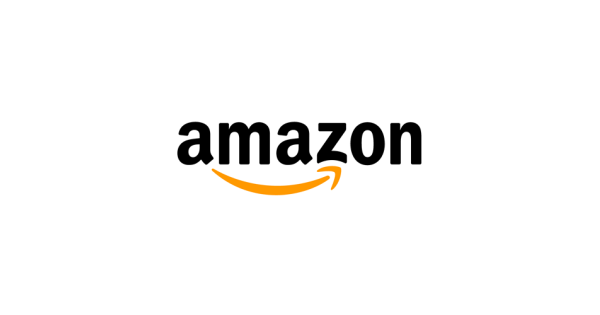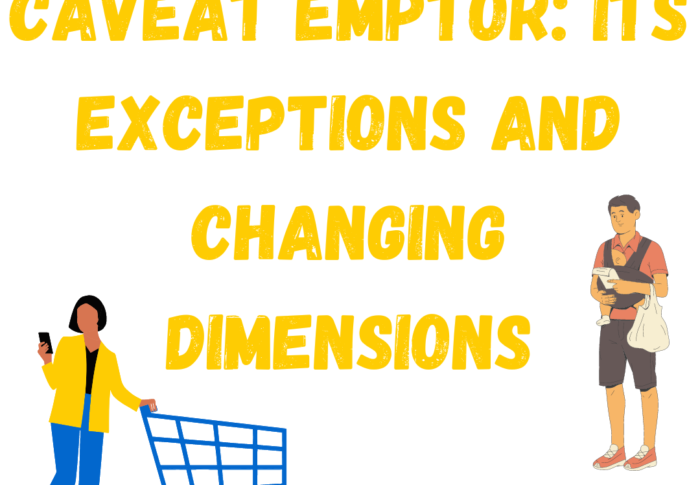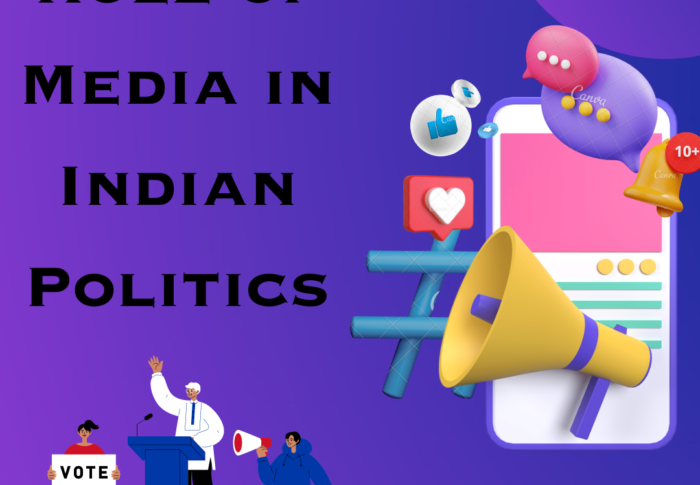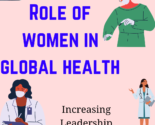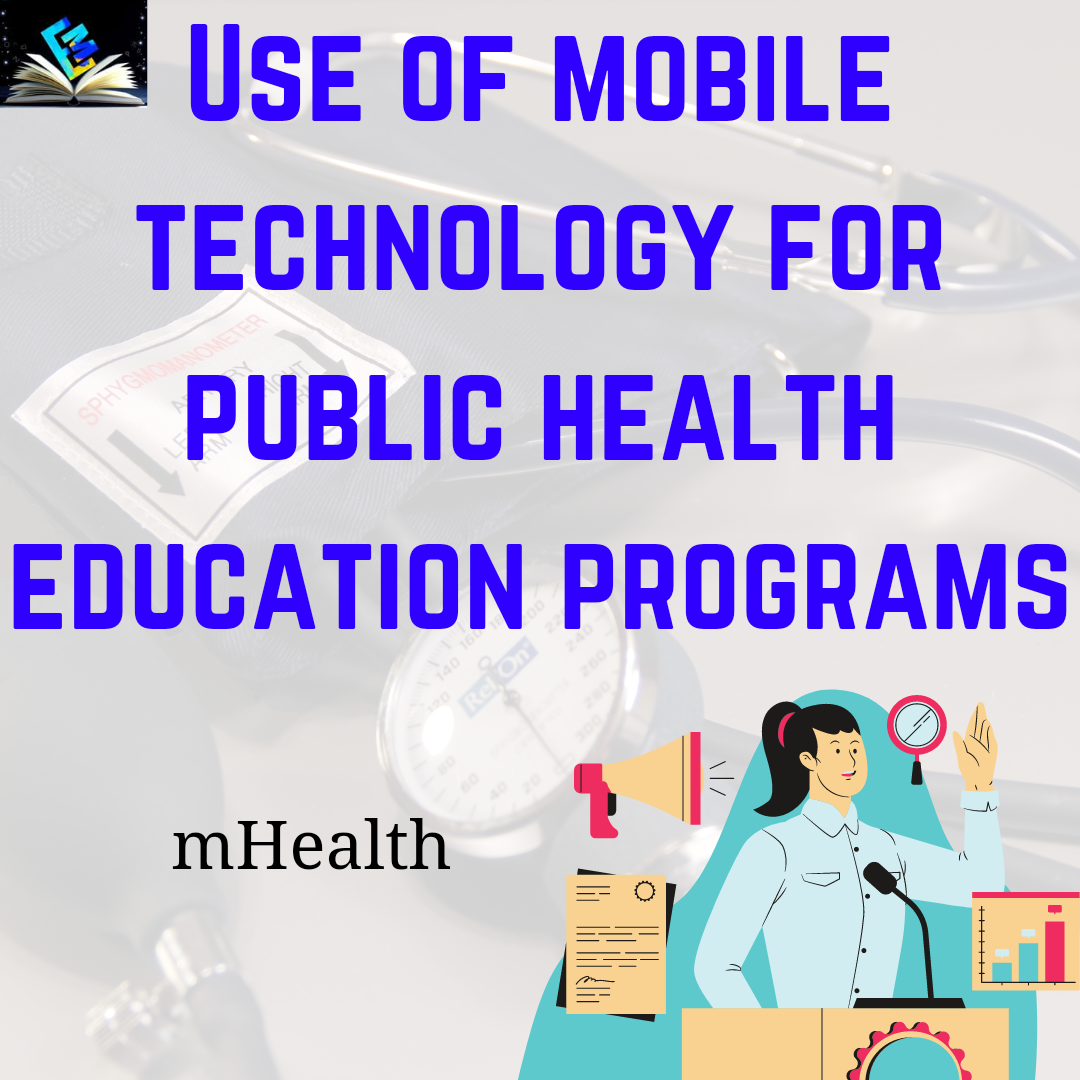
Use of Mobile Technology for Public Health Education Programs | mHealth
Use of mobile technology for Public Health Education Programs – mHealth
AUTHOR : DR. SHRUTI
Innovation and the spread of mobile technologies to address the priorities of health, has launched a new term called mHealth. mHealth is one of the components of eHealth. According to GOe (Global Observatory for eHealth), mHealth is defined as medical and public health practice supported by mobile devices, for example mobile phones, PDAs (personal digital assistants), patient monitoring devices, and other wireless devices.
As per ITU (International Telecommunication Union), there are almost 6.8 billion mobile phone subscriptions worldwide, nearly 85% of the world population is using commercial wireless signals. This fastest growing network offers a high range of data transmission at a cheaper rate, along with transforming healthcare services and easy accessibility. Health information such as text messages, and recorded voice messages, helps in providing the information within seconds to minutes such as reminders to take follow-up appointments, medication, and first-aid information in a medical emergency. With such vast accessibility, it helps in providing personalized medical care which further helps in achieving public health goals. These wireless devices are also beneficial to rural settings as there is very little or no access to clinics/hospitals
Government is also interested in investing and promoting mHealth as it is helping the strengthening of Health Systems. In achieving MDGs (Millennium Development Goals) also, mHealth is widely used.
mHealth helps to reduce health challenges, such as the traveling cost of a doctor, transportation cost to provide health information. mHealth also provides better communication between patients and healthcare personnel as it has the capacity to address issues faced by the public by decreasing delays in the delivery of quality of care by giving access to the poor communities. Wireless devices can minimize gaps between the developed and developing countries, the minority and the majority, and the literate and non-literate individuals. This e-surveillance system has improved its efficiency for timely delivery of healthcare information that supports notification of pandemics/outbreaks for a timely response.
mHealth can be used in the following domains for public health programs-
- Health call centers/Healthcare telephone lines- These helplines are useful to manage national emergencies. Used by trained professionals.
- Emergency toll-free telephone services- These help health professionals to help patients during a medical emergency. (102 in India for ambulance)
- Health surveys- Helpful in data collection and reporting.
- Treatment Adherence- Helps sending reminders to the patient.
- Appointment Reminders- Helps sending SMS to patients for their confirmed appointments or immunization reminders, tests results, follow-ups required.
- Remote Monitoring- Treating a patient’s illness from a distance by video/telecalls.
- Education/Awareness- Sending healthcare information in the form of quizzes, puzzles to educate patients on maternal health, alcohol abuse, quit smoking, etc.
- Telemedicine- Consultation provided to patients through video or telecalls. It is very helpful in pandemics like COVID-19 as it decreases the chances of infection to a patient.
- Communication and training for healthcare workers
As per studies done in the past, mobile usage has been proven efficient for the following-
- Collection of data and reporting
- Communication between patient and healthcare provider
- Patient education/awareness
- Remote Monitoring and evaluation
mHealth can be used in giving information regarding-
- Maintaining regular hygiene
- Nutrition
- Maternal and child health for programs like ICDS (Integrated Child Development Services) and RMNCH+A (Reproductive, Maternal, Newborn, Child, and Adolescent Health)
- Immunization
- Information related to pandemics like COVID-19
- Self-care in chronic diseases like diabetes, hypertension, etc.
mHealth can also be used in BCC (Behavior Change Communication) as health information which is shared to the patient on daily basis via SMS or calls on a particular topic or to a disease they are suffering from can help them to be aware of do’s and don’ts to be done to maintain a healthy lifestyle. For example, sharing information on maternal and child pregnancy regarding nutrition, IFA (Iron and folic acid) required, alcohol consumption, and newborn care to a female can help in promoting a healthy lifestyle.
Patients with HIV/AIDS (Human Immunodeficiency Virus/ Acquired Immune Deficiency syndrome) usually don’t want to reveal their identity, because of this attitude they even end up losing their lives. mHealth is a safe and private platform where they can communicate to their doctor without any hesitation. The patient’s privacy and confidentiality are maintained.
mHealth gives a fair chance to everybody to interact with the healthcare personnel and to receive the information generated by public health experts by being at their home only, at any time they need.
Currently available apps to improve care outcome-
- “Mobile Kilkari” by MoHFW (Ministry of Health and Family Welfare) launched this app to provide information related to pregnancy and infant care.
- Many foundations around the globe in collaboration with telecom operators are providing detailed information on pregnancy to the respective population.
The roadmap ahead for mHealth adoption-
- The government is taking interest in sponsoring mHealth as it promotes healthcare initiatives- for example MoHFW (Ministry of Health and Welfare) has stated EHRs (Electronic Health Records) as standard for the entire country and is providing tax benefits or incentives to those who are adopting and implementing the mHealth initiatives.
- Patients are actively demanding to provide mHealth support to them as it is much convenient and cuts down their cost of traveling. Even at their workplace, they can contact their doctor, no leave is required.
- Technology, along with consulting firms can also help as they target the population in mass and can help motivate people regarding the benefits of mHealth.
- NGOs and international foundations like WHO, around the globe, are collaborating to implement the mHealth initiatives.
- Providers play a crucial role in achieving the mHealth initiatives. They can influence and promote the adoption of mHealth.
FOR MORE INFORMATION VISIT OUR SITE

